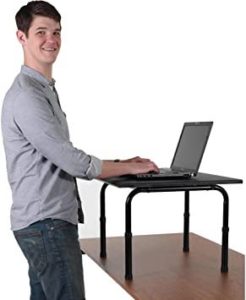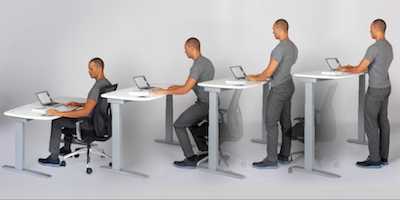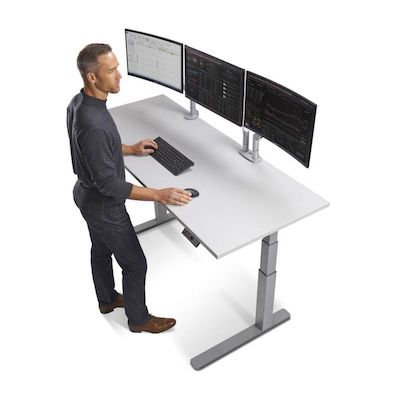6 Tips To Use A Standing Desk The Right Way
There’s no question that standing desks are incredibly popular. After all, many different studies have been showing that they can be beneficial for both your health and productivity.
Discover the best office chairs.
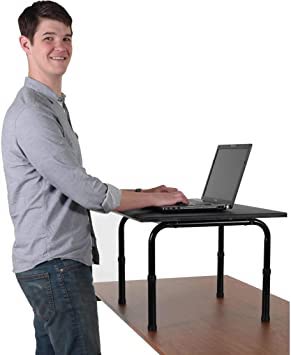
However, and while you may think that you just need to stand and start working, the reality is that there are best ways to use a standing desk. Ultimately, these will allow you to maximize the benefits and minimize the negative effects.
Table of Contents
6 Tips To Use A Standing Desk The Right Way
#1: Alternate Between Sitting And Standing:
One of the best tips we can give you about a standing desk is that you should alternate between one and a sitting desk.
You already know that sitting for prolonged periods of time can hurt your overall health. Bus so does standing. So, this can all be avoided if you alternate between the two desks.
In fact, if you have been sitting for a very long time, you should consider changing progressively and not suddenly. For example, you can try for every 1 to 2 hours you sit in your office, 1 hour should be spent standing.
Discover the pros and cons of standing desks.
#2: Adjust Your Desk And Screen:
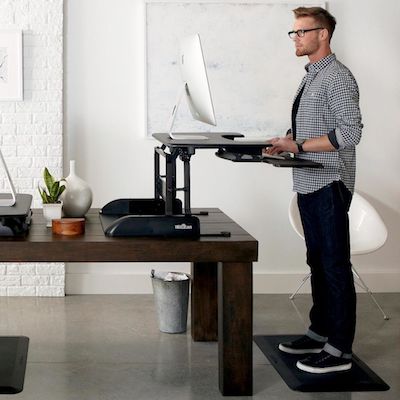
When you are using a standing desk, you need to ensure that you are maintaining a good posture. After all, you don’t want to start with poor posture and then need to deal with all the pains and aches.
Overall speaking, you need to ensure that your desk height and computer screen are positioned well.
To begin, you should set your standing desk at about elbow height. This means your elbows should be in a 90-degree position from the floor. In hat concerns your computer screen, you should have it 20–28 inches (51–71 cm) from your face.
#3: Use An Anti-Fatigue Mat:
If this is the first time that you are reading about an anti-fatigue mat, these are usually used on a counter or product line. The main goal is to fight fatigue by encouraging subtle movements of your leg muscles. This improves blood flow and reduces overall discomfort.
Learn how to choose the best napping office chair.
#4: Change Your Keyboard And Mouse Position:

Just like you need to make sure that your screen is at the right height, you also may need to change your keyboard and mouse position.
The truth is that working long hours on the computer can strain your wrists. Therefore, it’s important to optimize wrist position when sitting or standing.
The ideal angle when standing is slightly more extended (tilted upwards) than when sitting.
In order to protect your wrists when standing, you should try to keep your keyboard and mouse at the same level, and your wrists straight when typing.
These are the best office chairs that recline for naps.
#5: Use Arm Supports:
You probably already noticed that when you are using a standing desk, your arms don’t have any support. However, you will be glad to know that there are some arm supports that you can attach to your desk. These are designed to reduce pressure on your wrists.
#6: Take Breaks:
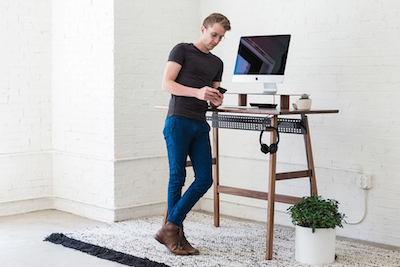
Just like when you are using a traditional desk you need to take frequent breaks, this is also true when you are using a standing desk. The reality is that the human body isn’t meant to be in the same position for prolonged periods of time. So, taking frequent breaks can help.

